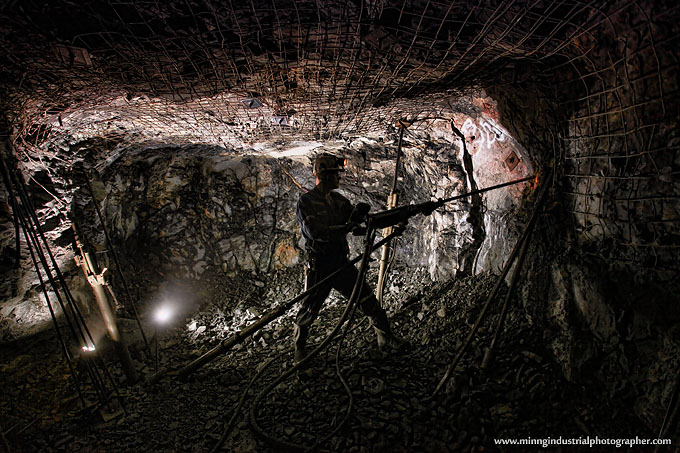EDITORIAL COMMENT: Rains show need for miners to modernise operations

Finance Minister Patrick Chinamasa has revised the economic growth rate for this year from 1,7 percent to 3,7 percent on the back of an anticipated bumper harvest made possible by the heavy rains the country has received and the Government’s Command Agriculture initiative.
Efforts to improve the ease of doing business and engage the international community as well as policy clarity, Minister Chinamasa added, should contribute to the growth.
Up to three million tonnes of maize are likely to be harvested and 150 000 tonnes of cotton are expected. Cumulatively, production is projected at $3 billion from all sectors — Command Agriculture, Presidential inputs Scheme, A1, A2 and communal, he said.
While, the heavy rains that fell should guarantee the country of one of its biggest harvests in years, they led to flooding in the south and western parts of the country. Scores of people lost their lives as a result and hundreds were left homeless. Infrastructure such as roads and bridges was destroyed as well.
Yet another adverse impact of the torrential rains has shown in an economic sector just as critical to national economic growth as agriculture — mining.
Fidelity Printers and Refiners has issued a report indicating that gold deliveries declined last month by 11 percent on the January output.
In February miners delivered 1 454,99kg (1,5 tonnes) of the yellow metal, down by 11,12 percent from the January record of 1 636,51kg (1,6 tonnes).
Primary producers saw output falling by 16, 8 percent while small scale miners’ production fell by 3,8 percent. According to the report in January primary producers produced 922.99kgs and 768,3kg in February with small scale in January recording 686,60kgs. The figures show a 10 percent decline in gold sales when compared to the same period in 2016.
Production at Pickstone-Peerless Gold Mine in Chegutu declined by 11 percent due to continued rains.
The Zimbabwe Miners’ Federation (ZMF), which represents small scale gold miners has also decried the effect of the torrential rains on output.
“The majority of miners who are mining in shafts have faced the biggest challenge of water flooding the shafts to the top, many shafts range from a depth of 15m to 50m vertical and inclined shafts stretch to 150m. Shafts on fried rocks have since collapsed due to the incompetent rocks. Roads to the mines have been washed out, causeway bridges washed away making it impossible for miners to access their mines,” said ZMF.
We wait to see the full impact of the flooding on the output for the year, set at 28 tonnes.
Miners must be delighted with the past few days of dryness, hoping that it clears up to enable them to get back to work.
But the rains have highlighted the need for more investment, particularly in the small scale gold mining sector, to enable miners to continue working even when rains are as excessive as they have been from December last year to last week.
It will take a long time for those with flooded shafts and drives to resume production. The workings must get dry first for workers to go down to begin work. Even if the shafts and tunnels get dry, there is a possibility that the sogginess might have compromised the structural integrity of underground infrastructure. This means that miners would need to investigate the strength of their workings first and spend more money to correct any weaknesses identified before work resumes.
In addition, they need to make sure that their mines are not exposed to the elements that much. This means they need to build proper roofs above the entrances to their mines so that rainwater does not fall directly in. They also must completely eliminate surface runoff into their workings. If they do this their headache would only be on how to deal with underground water that naturally builds up as a result of the heavy rains.
Miners will find it worthwhile to invest more in water pumps of greater capacity for them to pump out water from their mines so that their shafts are not flooded and they are able to work better.
The Government has from time to time, come up with initiatives to support small scale miners. One of them is the latest $20 million facility put together by the Reserve Bank of Zimbabwe. Miners can access loans to buy compressors, smaller milling equipment, pumps and other pieces of machinery. These can help them modernise their operations, raise their efficiency and minimise the impact of rains such as we are seeing.











Comments